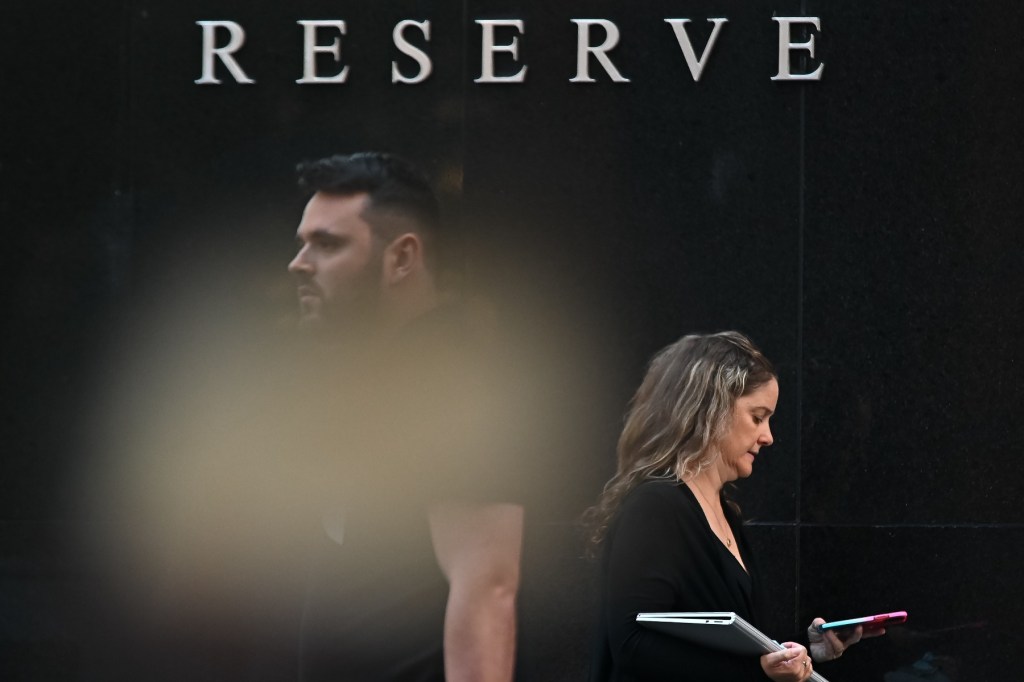The five areas of life where Australians might notice inflation rise the most

- by Admin
- July 31, 2024

The June quarter inflation figures hit a financial market sweet spot, with the Australian dollar diving and stocks spiking as they unwound bets that the Reserve Bank was about to hoist interest rates again.
Households, though, might be in a less celebratory mood given the annual rate of consumer inflation, at 3.8%, isn’t much lower than the 4.1% recorded at the end of 2023. It was also up from 3.6% in the March quarter.
Here’s a list of some of the categories where price increases remain painfully high.
Not just booze and ciggies
Alcohol and tobacco again led with a 6.8% increase compared to a year earlier as the effects of biannual indexation and excise increases lingered.
Tobacco cost 13.8% more in June than 12 months earlier. Alcohol was up a more modest 3.4%, or shy of the 3.8% for all goods and services, the Australian Bureau of Statistics said.
Food provided mixed inflation results. Lamb prices were down 10.9% from a year earlier and beef 3.6%, seafood prices rose 5.6% and pork was 4.7% pricier.
In the June quarter itself, fruit and vegetables rose 6.3%, the most since 2016, reflecting volatile growing conditions. For the year, the increase was 3.7%, roughly in line with broader inflation.
Rental costs drive home the inflation burden
With vacancy rates at or near record lows in most of the eight capital cities, it’s not surprising rental increases remain high.
The modestly good news is the annual pace of rental increases was 7.3%, down from 7.8% in the March quarter. Rents rose 2% in the June quarter, similar to the rise in March.
Commonwealth Rent Assistance is indexed twice yearly. A 15% increase in the maximum amount covered by the support last September helped blunt some of the rise. Without that boost, rents would have been a hefty 9.1% higher than a year earlier, the ABS said.
And there’s also a spread among the capitals. Perth rents rose 10% from a year ago, ahead of Sydney’s 8.1% clip, Brisbane’s 7.9% and Melbourne’s 6.6% rise. Hobart bucked the trend with a 1.3% drop in rents.
Electricity prices mostly restrained by rebates
Electricity, which has an ABS weighting of 2.36% in its CPI, tends to attract a much larger share of media attention. Blame the endless climate wars.
Still, the 6% power price rise over the year to June remained well above the 3.8% average CPI gain. Energy bill relief measures nullified much of the hike, though, because without them the increase would have been 14.6%, the bureau said.
after newsletter promotion
The impact of rebates varied widely. Power prices in Hobart were down 8.9% in the June quarter, thanks to a second instalment of support and wider eligibility. That helped trim the Tasmanian capital’s quarterly CPI rise to 0.1%.
Perth’s electricity prices jumped 44.1%, as a relief fund in Western Australia ended in the March quarter. Partly as a result of that, Perth’s overall prices jumped 2.1% or more than double the 1% national increase for the quarter.
Petrol prices remain a wild card
Much like Middle East tensions, predicting how automotive fuel prices will move is a near impossible task. For the June quarter, petrol and diesel prices were up 1.7%, the bureau said.
Transport fuel has a CPI weighting of 3.73% or about 60% larger than electricity’s (although media attention is far smaller).
Across the quarter, unleaded petrol prices ranged from a low of $1.80 a litre in May to $2.19 a litre in April, averaging out at $1.97 a litre for the quarter.
By June’s end, automotive fuel was 7.7% higher than a year earlier, quickening from the annual 5.2% pace in the March quarter.
Insurance still at a premium
Households and businesses might be becoming inured to ever higher insurance costs but perhaps the peak of increases is behind us – until we hit another round of perils exacerbated by the climate crisis.
Insurance prices were up 14% in the year to the June quarter, down from 16.4% in the March quarter. The latter pace was the biggest rise since 2001, the bureau said, presumably powered by the introduction of the GST.
In the June quarter alone, insurance costs were up 3.1%. The premium increase was across motor vehicle, house and home contents insurance and reflected “higher reinsurance, natural disaster and claims costs”, the bureau said.
The financial services sector overall was up 6.4% – trailing only tobacco and alcohol among the main categories. But excluding insurance the annual increase was a mere 0.7%. That “other” increase was the least since 2022, the bureau said.
The Latest News
-
December 26, 2024Australian tennis suffers two worrying setbacks ahead of the 2025 Australian Open
-
December 26, 2024Heatwave sparks warning of potentially devastating wildfires in Australian state
-
December 26, 2024‘Fresh and ready to go’: Sabalenka hungry and ready for more grand slam success
-
December 26, 2024Andy Roddick says he has one big concern about Iga Swiatek heading into the Australian Open
-
December 26, 2024Thanasi Kokkinakis injury: News, updates as Australian tennis player withdraws from Brisbane International | Sporting News Australia



